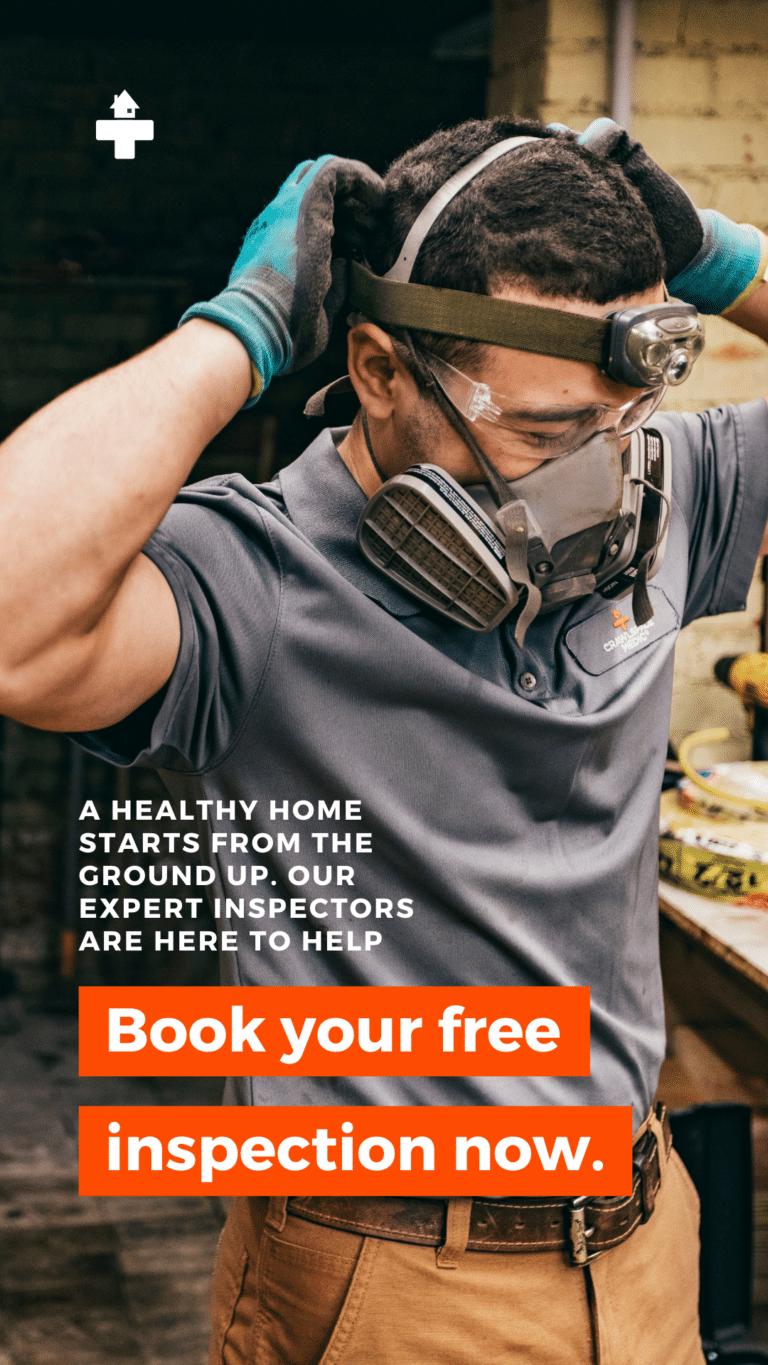Crawl space encapsulation is a technique that involves sealing off your crawl space to prevent moisture and other harmful elements from entering your home. This method helps protect against structural damage and health hazards, and improves indoor air quality. Encapsulation is an effective way to ensure a dry and healthy living space.
In this blog, we will explore the world of crawl space encapsulation, discussing the reasons why it is necessary, the benefits it provides, and the different methods available for encapsulating your crawl space. We will also provide some tips on how to maintain your encapsulation system to ensure its long-term effectiveness.
Whether you are a homeowner seeking to protect your investment or a contractor looking to improve your knowledge on the subject, this blog will provide you with the essential information you need to know about crawl space encapsulation.
Now let’s take a closer look.
Why is Crawl Space Encapsulation important?
According to the US Environmental Protection Agency, crawl space air pollution is to blame for 40% of indoor air quality issues. By isolating the space and ensuring enough airflow, encapsulation aids in preventing moisture build-up and enhancing air quality. Avoiding expensive repairs and lowering energy costs can save you money over time.
It has been proven that encapsulating the crawl space is crucial for a variety of reasons. Your home’s crawl space is a good location for moisture and mold growth, which may cause structural damage like dry rot and other water-related damage and could bring health risks. This could even extend to other rooms in your home and have an impact on the air quality there.
A crawl space that is uncovered might also let insects and rats inside your house. These pests can seriously harm your property and endanger your health in addition to doing extensive damage to it.
These issues are avoided by encapsulation, creating a safe and healthy environment.
That’s not all; Crawl space encapsulation also comes with a variety of perks too.
Homeowners can gain from crawl space encapsulation in a variety of capacities, including:
Increased Indoor Air Quality:
By preventing moisture and mold from entering your home, encapsulation helps to improve the air quality inside your house.
Improved Energy Efficiency:
By reducing air leaks and drafts from entering your house, crawl space encapsulation can help you save money on your energy costs.
Protection Against Structural Damage:
Encapsulation acts as a barrier to pests and moisture, preventing structural damage to your house.
Improved Home Value:
By enhancing your home’s structural soundness and energy efficiency, encapsulation can raise the value of your house.
Your attention may have been piqued by the advantages and need of crawl space encapsulation, but how do you go about implementing this vital home repair technique? Since we have you covered, there is nothing for you to worry about.
Techniques For Crawl Space Encapsulation
Crawl space moisture remediation can be accomplished using a variety of techniques, including:
Vapor Barrier:
To stop moisture from entering your home, a vapor barrier is a sheet of material that is positioned over the ground in the crawl space.
Spray Foam Insulation:
This technique includes sealing the crawl space with spray-on insulation in areas where traditional insulation won’t do to provide a barrier against moisture and pests.
Crawl Space Ventilation:
This technique involves opening vents to let air flow through the crawl space and keep moisture from accumulating. This will vary depending on the climate of the area your home is located in, and sometimes it’s better to keep these vents closed.
Dehumidifier:
By removing extra moisture from the crawl space, a dehumidifier helps lower the danger of mold growth and other issues.
Looking for some tips and advice? Here are some helpful suggestions for keeping your crawl space encapsulation system in good working order for many years to come.
Regular maintenance is essential to guaranteeing your encapsulation system’s long-term efficiency. This entails looking for any indications of wear and tear or damage and replacing any damaged components as necessary.
Also, since trash may attract bugs and lead to moisture accumulation, it is crucial to keep your crawl space clean and clear of obstructions.
Frequent Indications That Your Crawl Space Needs Encapsulation
If you discover indicators of excess moisture or humidity in your crawl space, such as mold or mildew development, a musty stench, or condensation on windows or walls, your crawl space may need to be encapsulated. Furthermore, if you observe increasing energy costs, bugs or rats in your house, or if your flooring is sinking or uneven, these might all be signs that your crawl space needs to be encapsulated (in the case of a sinking floor, you may need structural repairs to your crawl space).
Early diagnosis of these indications is critical for preventing more damage to your house and maintaining a healthy living environment. If you’re unsure about the state of your crawl space, fortunately, we have qualified technicians to assist you with a full inspection and solution.
At Crawlspace Medic, we think that crawl space encapsulation is an essential step in keeping your home healthy and safe. It can defend against structural harm, eliminate health risks, and enhance indoor air quality. You can keep moisture and other dangerous factors out of your home and create a dry, healthy living space by encapsulating your crawl space.
We are committed to giving contractors and homeowners alike top-notch crawl space encapsulation services. Offering a variety of encapsulation techniques customized to your particular requirements, our team of professionals is qualified to recognize and handle any crawl space difficulties.
We hope this blog has given you great insight into the world of crawl space encapsulation, including why it’s important, the benefits it gives, and the various ways it’s implemented. Don’t hesitate to contact us now if you’re seeking trustworthy and effective crawl space encapsulation solutions.

